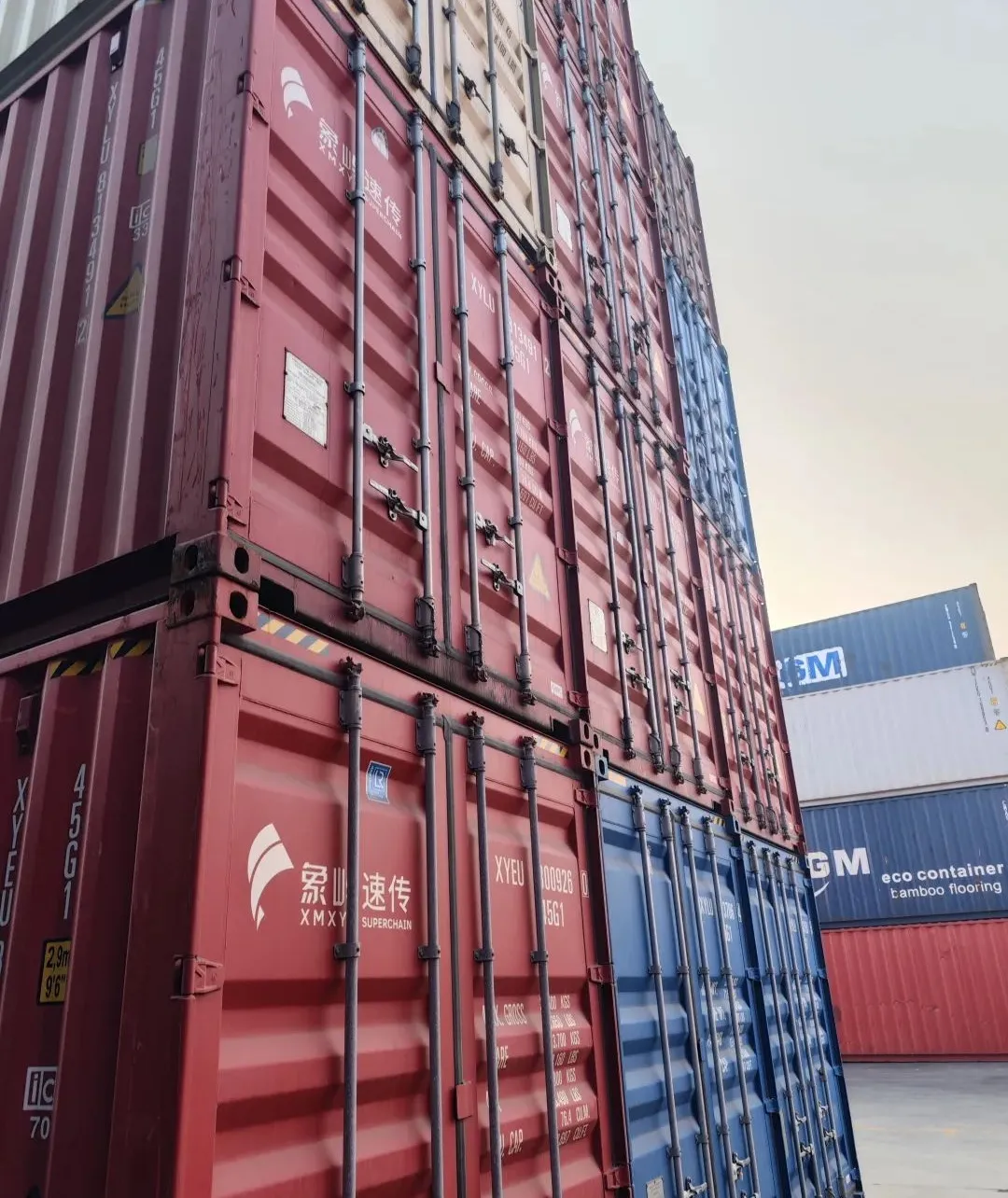Imported Product Information
Things to note when packing new energy vehicles in containers
 1. Choose the right container: For container packing of new energy vehicles, it is necessary to choose a container of suitable size and quality to ensure that the vehicle can be loaded and transported safely and reliably. The container should have functions such as waterproof, shockproof, and anti-theft.
1. Choose the right container: For container packing of new energy vehicles, it is necessary to choose a container of suitable size and quality to ensure that the vehicle can be loaded and transported safely and reliably. The container should have functions such as waterproof, shockproof, and anti-theft.

2. Secure the car: During the packing process, make sure the car is secured to prevent movement or collision during transportation. You can use professional fixing equipment, such as steel cables, fixing ropes, etc., to secure the car firmly in the container.

3. Protect the car body: Before packing, the car should be thoroughly cleaned and inspected to avoid damage to the car body caused by sharp objects or debris. At the same time, appropriate protective materials such as foam pads and soft cloth should be placed on the outside and inside of the car to reduce the impact of friction and collision on the vehicle.

4. Consider battery safety: The battery of a new energy vehicle is an important component and requires special attention to its safety. When packing, ensure that the battery is correctly positioned to avoid collision or excessive squeezing. If there are a large number of batteries, special battery packaging and fixing measures should be considered.

5. Control loading quality: During the packing process, pay attention to controlling the loading quality to avoid exceeding the load limit of the container. If overloading is necessary, negotiate with the logistics company and use reinforcement measures to ensure safety.

6. Strictly follow the operating procedures: During the packing process, refer to the relevant operating procedures and comply with the safety operation requirements. Carry out the packing work rigorously and carefully to ensure that the car can be safely loaded and transported.

Important note: The above suggestions are for reference only. Please strictly follow the relevant laws and regulations and the requirements of the logistics company in the specific operation to ensure the safety and reliability of the packing work.
 1. Choose the right container: For container packing of new energy vehicles, it is necessary to choose a container of suitable size and quality to ensure that the vehicle can be loaded and transported safely and reliably. The container should have functions such as waterproof, shockproof, and anti-theft.
1. Choose the right container: For container packing of new energy vehicles, it is necessary to choose a container of suitable size and quality to ensure that the vehicle can be loaded and transported safely and reliably. The container should have functions such as waterproof, shockproof, and anti-theft.

2. Secure the car: During the packing process, make sure the car is secured to prevent movement or collision during transportation. You can use professional fixing equipment, such as steel cables, fixing ropes, etc., to secure the car firmly in the container.

3. Protect the car body: Before packing, the car should be thoroughly cleaned and inspected to avoid damage to the car body caused by sharp objects or debris. At the same time, appropriate protective materials such as foam pads and soft cloth should be placed on the outside and inside of the car to reduce the impact of friction and collision on the vehicle.

4. Consider battery safety: The battery of a new energy vehicle is an important component and requires special attention to its safety. When packing, ensure that the battery is correctly positioned to avoid collision or excessive squeezing. If there are a large number of batteries, special battery packaging and fixing measures should be considered.

5. Control loading quality: During the packing process, pay attention to controlling the loading quality to avoid exceeding the load limit of the container. If overloading is necessary, negotiate with the logistics company and use reinforcement measures to ensure safety.

6. Strictly follow the operating procedures: During the packing process, refer to the relevant operating procedures and comply with the safety operation requirements. Carry out the packing work rigorously and carefully to ensure that the car can be safely loaded and transported.

Important note: The above suggestions are for reference only. Please strictly follow the relevant laws and regulations and the requirements of the logistics company in the specific operation to ensure the safety and reliability of the packing work.
